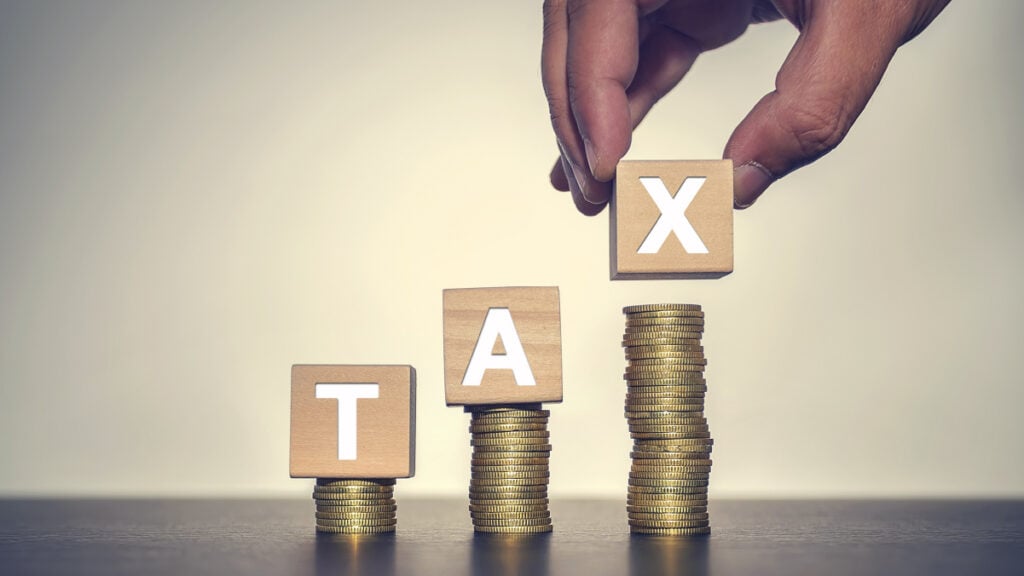On President Biden’s first day in office, he signed an executive order that effectively put federal lawmakers on notice: advancing racial equity will be a central feature of the administration’s agenda.
The White House is taking visible steps toward this commitment. The executive order created an equitable data working group so the government can better understand race-based disparities. At the end of last year, the Treasury Department announced that it would begin looking at tax policy through a race equity lens by analyzing stimulus payments by race. And earlier this month, Treasury Secretary Janet Yellen acknowledged that the economy hasn’t ever worked fairly for people of color.
A more immediate step toward advancing racial equity is the president’s Build Back Better proposal. Past discrimination and ongoing injustices in the labor market and education have given white families an economic advantage. Through this bill, Congress has a unique opportunity to work with the Biden administration to ensure that all people are provided with the chance to lead healthy lives, have access to quality education, are treated fairly and justly, and thrive in today’s economy.
The Build Back Better Act passed the House last November but, unfortunately, stalled in the Senate due to zero Republican support and resistance from two Democratic lawmakers. Media dialogue has shifted to political theater, but it’s important to remember what the legislation will do. On tax policy, the changes are significant. It has the potential to shift the tax code in a new direction, one that steers tax policy away from troubling and inequitable laws like the 2017 Tax Cut and Jobs Act (TCJA), which overwhelmingly benefited corporations and the rich and, on average, gave white households an annual $2,020 tax cut, while Hispanic households received $970 and Black households received $840.
One important element of Build Back Better is a proposed change to the Earned Income Tax Credit (EITC) program. Currently, it’s a financial lifeline to low-wage workers who are barely making ends meet. People of all races benefit, but it’s particularly meaningful for Black and brown people who are disproportionately represented in low-paying jobs. White workers have higher-paying jobs on average due to ongoing labor market discrimination (even a college degree doesn’t equalize income), access to better professional networks and higher rates of formal education – two things that workers of color have less access to due to the legacy of racist policies and social exclusion.
The EITC boosts incomes thereby helping workers afford their rent, groceries, utilities, and other basic necessities. The American Rescue Plan (ARP) expanded the EITC in 2021, increasing the credit amount and making 19 to 24-year-olds and people over 65 without dependent children eligible for the first time. Build Back Better would continue this expansion. By erasing age restrictions, the measure helps further racial equity given that it ensures that younger people, who are more diverse than previous generations, are eligible to claim the credit.
The Child Tax Credit (CTC) expansion has been ARP’s most visible success. The ARP increased the credit amount, extended the credit to very low-income families, and distributed the payments monthly to parents. Previously, 39 percent of children did not receive the full CTC, including 36 percent of white children, 46 percent of Hispanic children and 48 percent of Black children. The expanded CTC was in effect for all of 2021, but for the second half of 2021 the credit was distributed in monthly payments; the other half will be in end-of-year tax refunds. The CTC expansion reduced poverty, helped families afford their monthly bills, and temporarily boosted their income. The policy recognized that all children have value and deserve a good start in life.
Now that these payments have ended, families are back to making hard decisions between which bill to pay in any given month, which is a choice people shouldn’t have to make. Build Back Better would extend this policy that had an immediate and positive effect, lifting millions of the nation’s children out of poverty and providing the credit to millions of Black and brown children who were previously left behind.
Reshaping tax policy to fit the 21st century economy should focus on ways to shrink racial inequities embedded in American society, like the racial wealth gap. The tax code is tilted and shaped in a way that provides many breaks disproportionately to white households. The TCJA further fueled the racial wealth divide, whereas Build Back Better has the potential to forge a new path by addressing some of the ways our tax code advantages wealth.
For example, capital gains income is taxed at a lower rate than ordinary income, a policy that disproportionately benefits high-income white households. Build Back Better would impose a surtax of 5 percent on adjusted gross income (AGI) between $10 million and $25 million and 8 percent on AGI exceeding $25 million. Since it applies to all income, it is one step toward treating capital gains like other income and chipping away at a tax advantage that helps preserve white wealth.
The proposal is not a silver bullet, however. It doesn’t end the stepped-up basis break or increase the child and dependent care tax credit or reduce the exemption amount for the estate tax. But the bill begins to chart a course toward more equitable tax policy. (See a recent ITEP report that explains which provisions did and did not make it into the latest version of Build Back Better.)
Of course, the president’s proposals are being met with fierce resistance by a well-funded opposition determined to obscure facts about our rigged economy in favor of maintaining the status quo. As Amy Hanauer, ITEP’s executive director recently wrote, “We are subject, in this country, to a false narrative of scarcity.” That false narrative is the underpinning of a decades-long political strategy that has denigrated the role of government and in the process created an economic and social infrastructure that pretends opportunity is readily available for all but in truth prioritizes shareholder value over worker wellbeing, undermines collective bargaining, gives tax advantages to the wealthy, and perpetuates economic and racial inequities.
The White House executive order on racial equity acknowledged that “entrenched disparities in our laws and public policies, and in our public and private institutions, have often denied equal opportunity to individuals and communities.” Tax policy alone will not address “entrenched disparities,” nor can broad, structural challenges be addressed overnight. But Build Back Better is an opening that federal policymakers can use to make headway on issues surrounding racial equity. Policymakers should not squander this moment by leaving this bill on the table. The time is now for the Biden administration and Congress to come together and get Build Back Better done.





